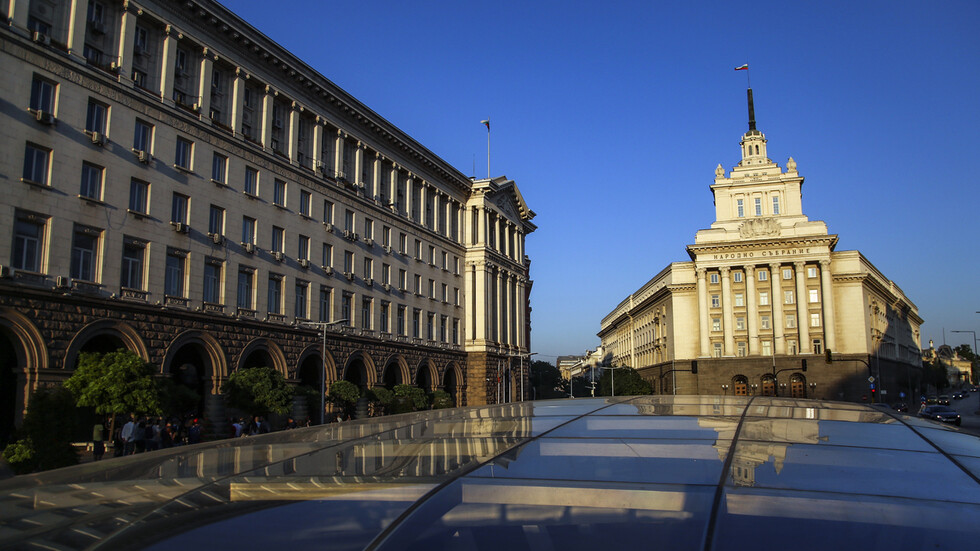The severe episode of gel of these last nights caused “At least 50%” from damage in the vines from Bourgogne, according to a first still very rough estimate of the president of the interprofession.
“We have at least 50% damage”, told theAFP François Labet, President of the Interprofessional Bureau of Burgundy Wines (BIVB). “The most advanced vines, that is to say the Chardonnay (white grape variety), are strongly affected. Pinot noir (red) was further behind in terms of advancement so it is potentially less affected ”, he added.
“It could be worse than 2016”
“It could be worse than 2016”, when the vine of the region had been affected up to 70% depending on the area. “In 2016, we only had a blizzard. This time, we had three nights of severe frost and, the last night, we had used up our cartridges of candles ”, which warm up the temperatures at the foot of the vines a little, explained François Labet.
In the prestigious vines of the Hospices de Beaune (Côte d’Or), we find the same alarming constant. “We see a fairly significant extent of damage”, loose Ludivine Griveau, manager of the 60 ha vines at the Hospices.
“The cold snap fell on everyone”
“I have the impression that it is worse than 2016”, vintage when the harvest had been cut by 35-40% at the Hospices, she assesses. “ In 2016, the frost had hit more by area. This time, the cold snap fell on everyone ”, she warns.
“We feel discouragement. There are some who are fed up with being a winegrower ”, according to LudivineGriveau, pointing out that the average cost of installing candles is € 2,500 per hectare. “Many areas are ready to deploy these means but when, opposite, we have no result …”
“We must change everything”
This new episode of frost, which is far from being the first in Burgundy, should in any case push winegrowers to “ a global and collective reflection ». « We are talking about frost in April and, in June, we will talk about drought! We have to change everything, modify our production conditions quickly enough, and work on less precocious grape clones. », Estimates LudivineGriveau.
François Labet, from the inter-professional organization, also calls for a more lasting solution. The agricultural calamity regime, activated by the government, is thus limited because it is “Very a posteriori”. “What interests us is a priori: we should rather tackle the problem than solve it a posteriori”.
The Rhône also fears a dark year
“This will be the smallest Côtes du Rhône harvest in the last 40 years” : Philippe Pellaton, President of Inter-Rhône, assesses at “About 80 to 90%” the losses suffered in the Rhône Valley appellations (nearly 68,000 hectares).
“The phenomenon has affected almost the entire territory, which is very rare. It hadn’t happened for decades. Normally, we have much more localized episodes of freezing ”, adds the manager, who warns: “The winegrowers are devastated, slaughtered”.
“Many of us are not insured”
“Between Brexit, Trump taxes or the Covid, that’s a lot for us, small wine growers. For those less financially sound, it is clear that it will be very complicated ”, confirms Mickaël Gerin, president of the Côte-Rôtie appellation, who assesses his production losses at “80 or even 100%”.
“The declaration of the state of agricultural calamity is a first step but we will have to go beyond that. Many of us are uninsured, it is often too expensive and very complicated. We will therefore have to take measures to help us ”, he adds.
– .

:quality(80)/cdn-kiosk-api.telegraaf.nl/e43bf424-9909-11eb-990a-0217670beecd.jpg)
